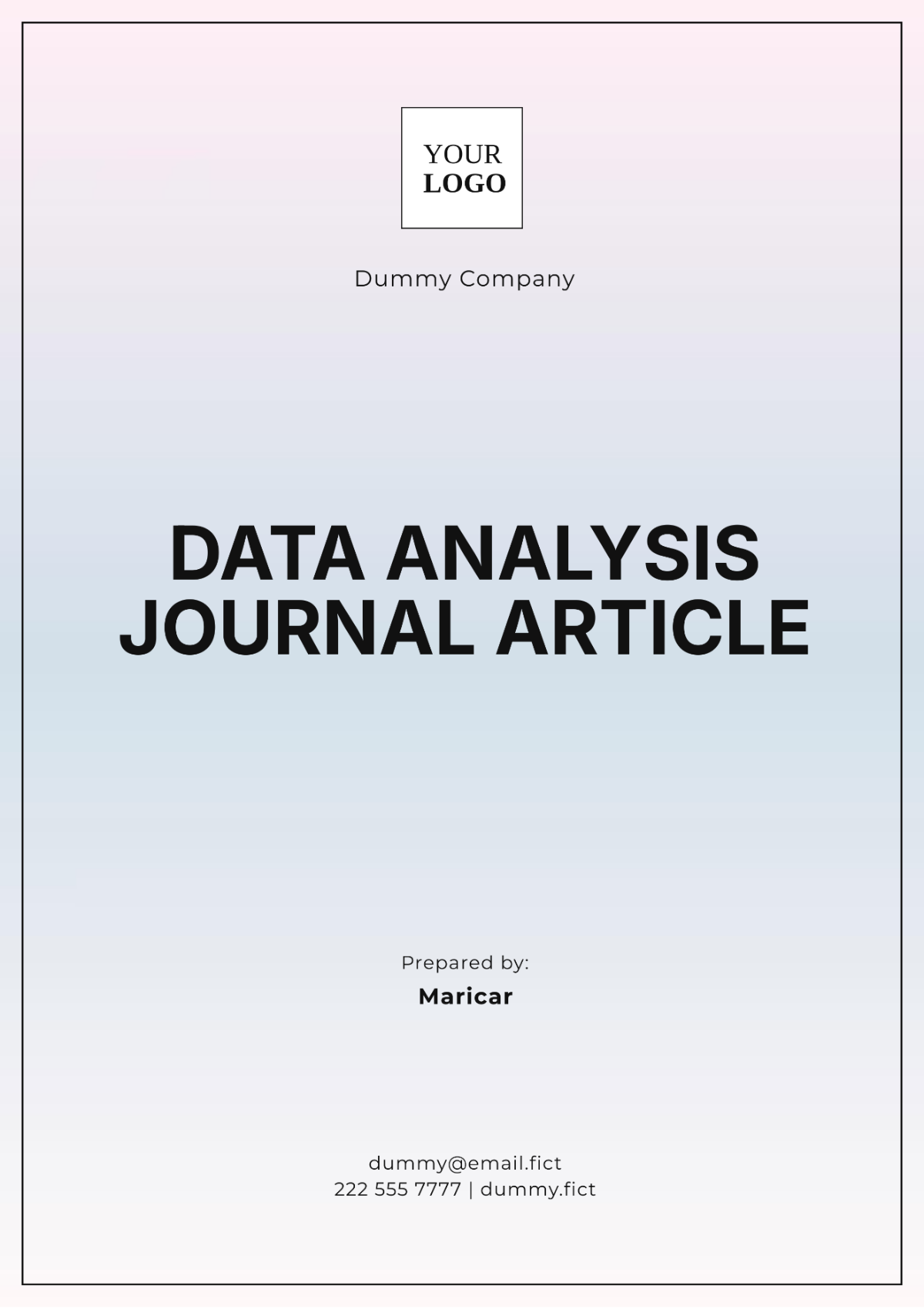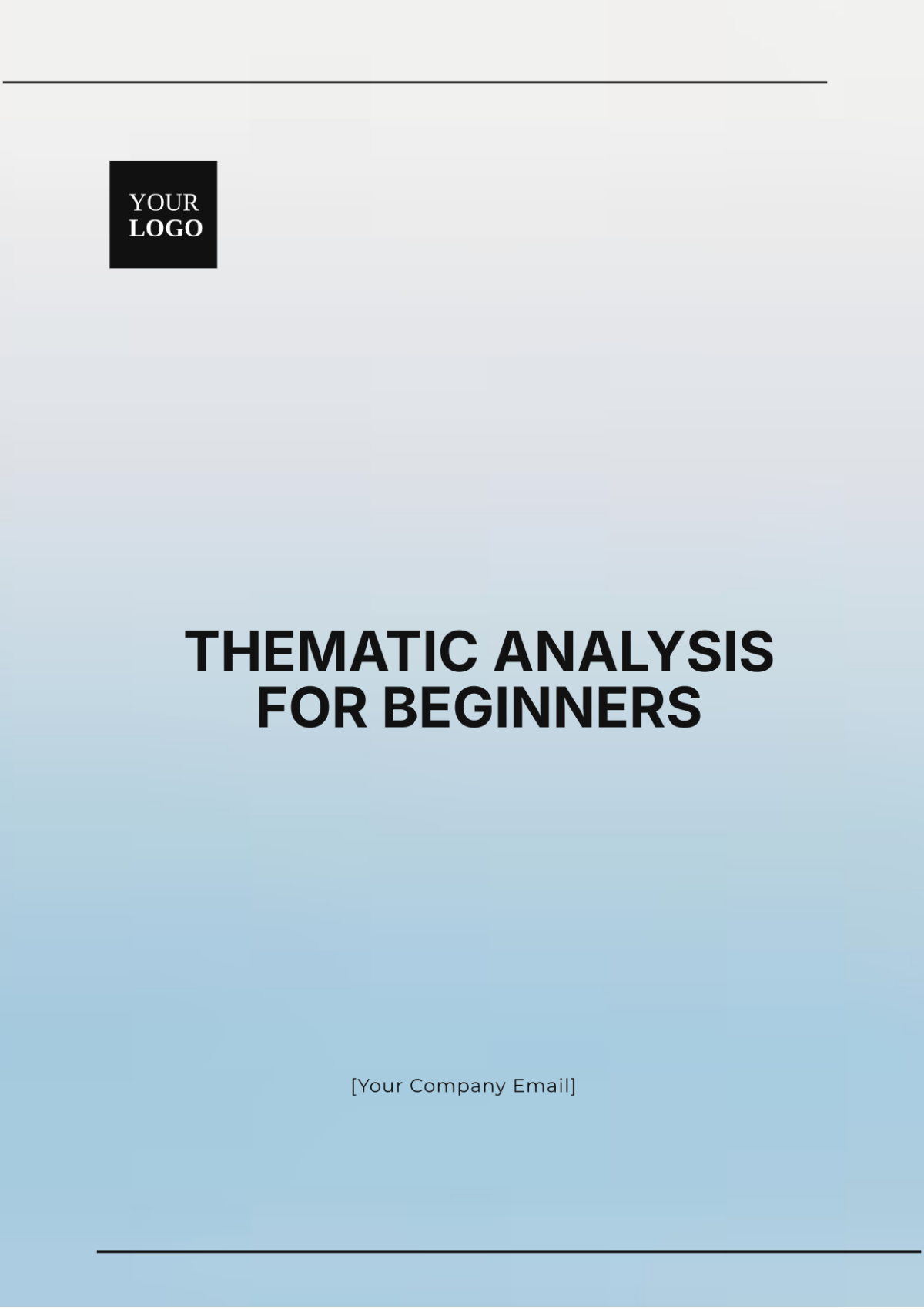Competitor Analysis Brief
Prepared by: [YOUR NAME]
Company: [YOUR COMPANY NAME]
I. Introduction
In today's rapidly evolving market landscape, our marketing team must have a comprehensive understanding of our competitors. This Competitor Analysis Brief aims to provide a detailed overview of key competitors in our industry, highlighting their strengths and weaknesses, market positioning, product offerings, pricing strategies, and potential threats and opportunities.
II. Competitor Identification
Our primary competitors include:
Competitor A
Competitor B
Competitor C
III. Background Information
Competitor A: Founded in [Year], headquartered in [Location], with [Number] of years of experience in the industry. Privately owned with a focus on [Specific Market Segment].
Competitor B: A publicly traded company established in [Year]. Recognized as a leader in [Specific Product/Service]. Presence in multiple regions across the globe.
Competitor C: Emerging player in the market, established in [Year]. Known for disruptive innovations in [Industry Sector].
IV. Products/Services
Competitor | Product/Service Offerings | Unique Selling Propositions |
|---|---|---|
Competitor A | A diverse range of products/services including [List of Products/Services]. | High-quality craftsmanship, and customization options. |
Competitor B | Specializes in [Key Product/Service]. | Comprehensive solutions tailored to [Target Audience]. |
Competitor C | Innovative solutions in [Specific Product/Service]. | Cutting-edge technology, and user-friendly interfaces. |
V. Market Positioning
Competitor
Market Positioning
Target Audience
Unique Selling Propositions
Competitor A
Premium brand catering to upscale clientele. Emphasizes exclusivity and luxury.
Upscale clientele
Exclusivity, luxury, premium quality.
Competitor B
The industry leader is known for reliability and innovation. Targets mid to high-income consumers.
Mid to high-income consumers
Reliability, innovation, quality.
Competitor C
Disruptor challenging traditional norms, offerings, and futuristic solutions. Appeals to tech-savvy early adopters.
Tech-savvy early adopters
Disruptive innovation, futuristic solutions.
VI. Marketing and Sales Strategies
Competitor A: Utilizes a multi-channel approach with a focus on experiential marketing. Invests heavily in influencer partnerships and social media campaigns.
Competitor B: Relies on a direct sales model supplemented by targeted advertising and strategic partnerships with industry leaders.
Competitor C: Leverages digital marketing channels extensively, including SEO, content marketing, and email campaigns. Actively engages with online communities and forums.
VII. Strengths and Weaknesses
Competitor A | Competitor B | Competitor C |
|---|---|---|
Strengths: Strong brand image, high-quality products, and extensive customization options. Weaknesses: Limited geographic presence, and higher pricing compared to competitors. | Strengths: Established market presence, innovative solutions, diverse product portfolio. Weaknesses: Higher pricing may deter budget-conscious consumers and slower response to market changes. | Strengths: Technological innovation, agility in responding to market trends, strong online presence. Weaknesses: Limited brand recognition, and potential scalability issues with rapid growth. |
VIII. Opportunities and Threats
Opportunities:
Growing demand for [Specific Product/Service].
Expansion into new geographic markets.
Strategic partnerships with complementary businesses.
Threats:
Increased competition from new market entrants.
Economic downturn impacting consumer spending.
Regulatory changes affecting industry practices.
IX. SWOT Analysis
Strengths: Strong brand image, innovative product offerings, agile marketing strategies.
Weaknesses: Limited geographic presence, higher pricing, and brand recognition challenges.
Opportunities: Market expansion, strategic partnerships, technological advancements.
Threats: Intense competition, economic uncertainties, regulatory hurdles.
X. Recommendations and Conclusion
Based on the analysis, our marketing strategy should prioritize leveraging our innovative products and agile marketing approaches to seize emerging opportunities. Addressing weaknesses like limited brand recognition and geographic presence through targeted campaigns and strategic partnerships is crucial. By remaining adaptable to market changes, we can establish ourselves as a strong competitor in the industry.

















































